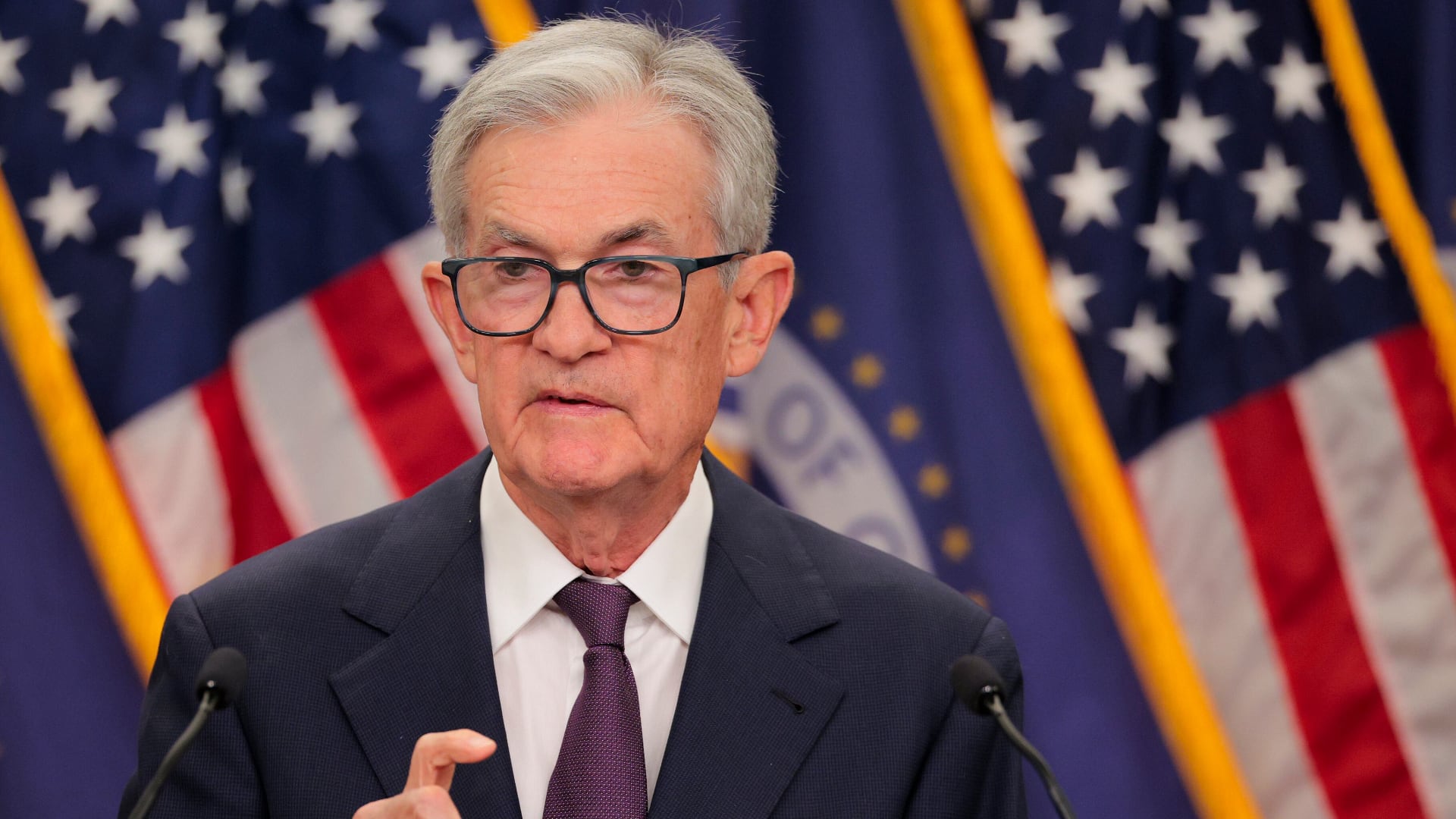By Paul Wiseman
Inflation in the United States edged up in July after 12 straight months of declines. But excluding volatile food and energy costs, so-called core inflation matched the smallest monthly rise in nearly two years, a sign that the Federal Reserve’s interest rate hikes continue to slow price increases.
The inflation figure the government reported Thursday showed that overall consumer prices increased 3.2% from a year earlier. That was up from a 3% annual rise in June, which was the lowest rate in more than two years. The latest figure remained far below last year’s peak of 9.1%, though still above the Federal Reserve’s 2% inflation target.
The Fed, economists and investors, though, pay particular attention to core inflation figures for signs of where inflationary pressures might be headed. From June to July, core inflation remained a tame 0.2%.
“Core prices are moving in the right direction," said Rubeela Farooqi, chief U.S. economist for High Frequency Economics. “That will be welcome news to (the Fed's) policymakers."
Thursday’s price data will be among the key barometers the Fed will weigh in deciding whether to continue raising interest rates. In its drive to tame inflation, the Fed has raised its benchmark rate 11 times since March 2022 to a 22-year high.
Overall prices, measures on a month-to-month basis, rose 0.2% in July, and 90% of it reflected higher housing costs. Excluding shelter, Paul Ashworth of Capital Economics calculated that core prices actually fell 0.1% from June to July.
Food prices, which have pressured Americans' budgets for months, rose a mild 0.2% from June to July. Over the past 12 months, food is still up 4.9%.
Used vehicle prices fell for a second straight month, dipping 1.3% from June. They remain 5.6% costlier, on average, than a year ago.
Economists say that in the Fed's fight to conquer inflation, the easy progress has likely already been achieved. Gasoline prices, for example, though liable to bounce around from month to month, have already plunged from a peak national average of more than $5 a gallon, which was reached in June of last year after Russia’s invasion of Ukraine.
Much of the inflationary surge that began in 2021 was caused by clogged supply chains: Ports, factories and freight yards were overwhelmed by the explosive economic rebound from the pandemic recession of 2020. The result was delays, parts shortages and higher prices. But supply-chain backlogs have eased in the past year, sharply reducing upward pressure on goods prices. Prices of long-lasting manufactured goods actually dipped in June.
Now, the Fed faces a daunting problem: persistent inflationary pressures in service businesses — restaurants, hotels, entertainment venues and the like — where wages represent a substantial share of costs. Worker shortages have led many of these services companies to sharply raise pay.
Last week, for example, the Labor Department reported that average hourly wages rose 4.4% in July from a year earlier, more than expected. To cover their higher labor costs, companies have typically raised their prices, thereby fueling inflation.
Another factor working against continued declines in year-over-year inflation rates is that prices soared in the first half of last year before slowing in the second half. So any price increase in July would have the effect of boosting the year-over-year inflation rate.
Still, economists caution against reading too much into one month of numbers. Many of them expect inflation to continue trending lower.
Despite chronic concerns about higher labor costs, one closely watched measure of wages and salaries — the Labor Department’s employment cost index — grew more slowly from April through June. Excluding government jobs, employee pay rose 1%, less than the 1.2% increase in the first three months of 2023. Compared with a year earlier, wages and salaries grew 4.6%, down from a year-over-year increase of 5.1% in the first quarter.
Fed officials will have plenty of data to absorb before deciding whether to continue raising rates. Thursday’s report is the first of two CPI numbers the policymakers will see before their next meeting Sept. 19-20. In addition, their favored inflation gauge, called the personal income expenditures price index, comes out on Aug. 31. And the August jobs report will be released Sept. 1.
Many economists and market analysts think the Fed’s most recent rate hike in July will prove to be its last: More than 90% of traders now expect no Fed hike next month, according to the CME Group’s FedWatch Tool.
AP Auto Writer Tom Krisher in Detroit contributed to this report.












